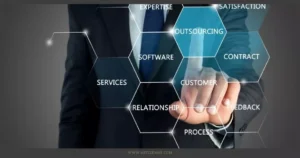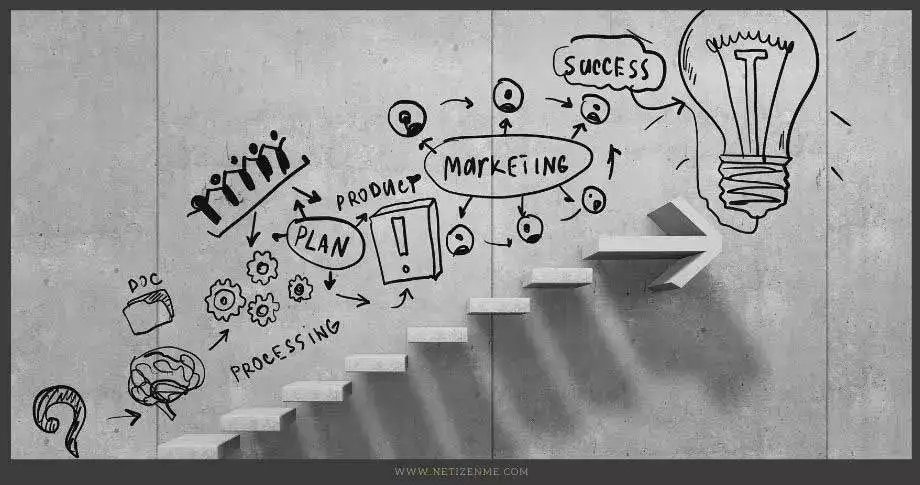
Technological Change And Structural Unemployment
To understand why governments and economists around the world encourage technological changes even though, time and again, the result is an increase in structural unemployment; we must first understand what the two key terms mean.
Technological changes, or advancements, refer to the refinement of processes that increase efficiency and effectiveness, with the end goal of increasing production with lesser input. On the other hand, structural unemployment is where people are available and willing to work but fail to find work because they fall short of the required skillsets for jobs impacted by technological change. The reason behind support for technological change from governments is the goal of boosting the economy by increasing production while keeping the cost of production at a minimum.
How does technological change affect the unemployment rate?
As newer technologies are introduced into production lines in industries worldwide, the need arises for manufacturing employees to be trained in working with new technologies. The responsibility of training employees to ensure they contain the right skills for work with new and complex machinery often befalls private and government organizations. However, this can be a costly undertaking and can negate the costs saved from lowered input. For this reason, many employees who are not sufficiently skilled to handle new hardware or software often face layoffs.
Additionally, the pace at which new technologies are brought into an industry has a proportional impact on the rise in structural unemployment. Moreover, as machines begin to take over jobs that humans, e.g. jobs once carried out on an assembly line, some jobs are eliminated altogether.
While the impact of such changes is apparent, one must keep in mind that structural unemployment is often short-lived, as it can be solved by training and retraining employees. In the long run, the government and, by extension, the population stand to benefit from the boost that the GDP experiences as production becomes more efficient and capacity increases in size.
Impact of technological change on future production
Considering the pace at which the global economy and businesses around the world are growing, it is no surprise that innovation, especially in processes, is a continuous undertaking for companies that wish to achieve or maintain their competitive edge. By doing so, companies enjoy a headstart over competitors and can also cut costs as processes become more efficient. For instance, in an organization’s sales department, the introduction of chatbots and AI technology allows for faster conversion of leads into customers by customizing responses to queries and doing so much quicker than salespeople who are forced to stick to scripts.
However, the short-lived downside is that companies may find themselves strapped for skilled labor that can keep up with and handle complex technologies, such as skilled IT professionals in the example above.
Impact of technological change on the economy
As is abundantly clear, governments encourage technological change because the impact these advancements have on the economy is tremendously positive. Not only does technological change lead to innovation in products and services, but in the long run, it can also contribute significantly to improving the country’s standard of living as the country’s per capita wealth increases with the boosted economy.
For example, perhaps the most significant impact technologies have had on economies is the shift in how business takes place worldwide. With the help of the internet, the innovative technology makes it possible for people to buy and sell in digital marketplaces anywhere on the planet— all from the comfort of their homes. Through such transactions, many new revenue streams open up for industries such as shipping and handling services, internet providers, intelligent device manufacturers, etc. As such, the benefits of introducing new technologies exceed the costs of training the existing labor force to work with these changes.
How does an economy recover from structural unemployment?
The simplest way to recover from structural unemployment is to train workforce members who are willing and able to work but are struggling to find and keep jobs in industries that use new technologies. Additionally, governments must force companies to avoid mass layoffs and instead train their current workers to work with new hardware or software they are planning to introduce.
What government actions help facilitate this recovery?
Even though the argument that structural unemployment is short-lived is a sound one, the fact remains that it can be detrimental to an economy if it goes unchecked. In fact, it is prudent for governments to proactively approach the training and retraining of the workforce even before new technological changes have been introduced into the market. Doing so will allow employees to be more receptive to recent changes when they are not left to catch up with no formal training in working with new technologies.
Similarly, governments must incentivize educational and training institutions to equip students to enter the workforce soon with the skills and experience they need to perform tasks that require working with complex technology. Governments worldwide also combat structural unemployment by setting up dedicated institutions that train labor to match the market’s needs, e.g. the United States Department of labor training (Training | U.S. Department of Labor, n.d.)
Check the following reference articles to learn more about Technological Change And Structural Unemployment
- Training | U.S. Department of Labor. (n.d.). U.S. Department of Labor. Retrieved December 30, 2021, from (URL)
- A Few Reasons Why Small Businesses Fail!

- Benefits of Outsourcing IT Services

- Finance a Small Business

This article is written by:
Our professional writers and editors are passionate about sharing high-quality information and insights with our audience. We conduct diligent research, maintain fact-checking protocols, and prioritize accuracy and integrity to the best of our capacity.
You can cite our articles under the author name "Netizenme"







